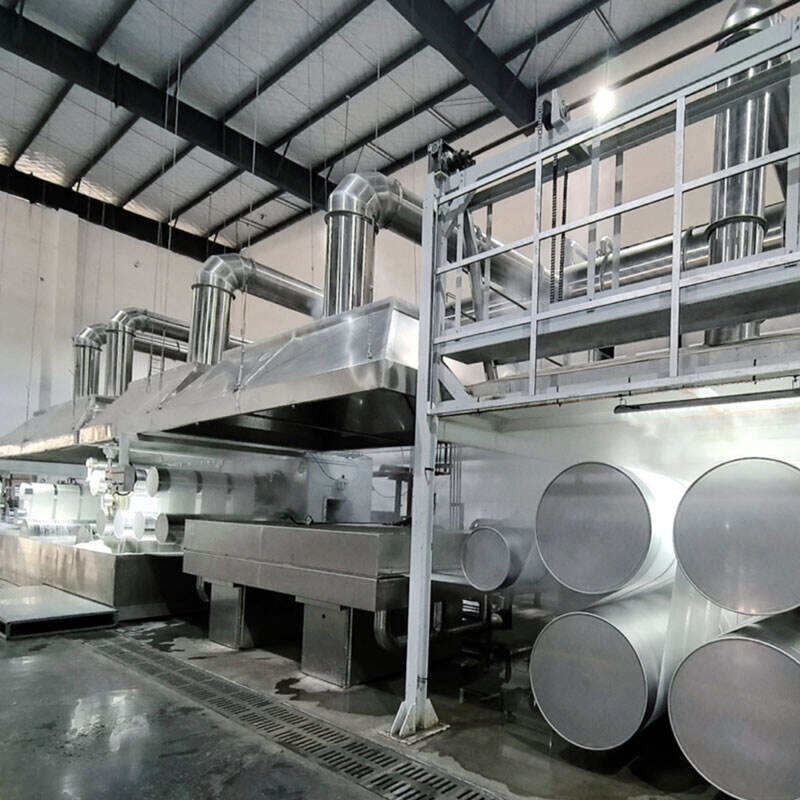Soft Gem | Full-Service Synthetic Staple Fiber Equipment Provider
Soft Gem is your full-service synthetic staple fiber equipment provider, offering end-to-end solutions from project design to after-sales support. Our equipment portfolio includes polyester, PET, and bi-component fiber production lines, each engineered for high performance and durability. With a 30,000㎡ manufacturing facility and a team of experts, we handle every detail, from equipment manufacturing to staff training. As a leading supplier, we pride ourselves on delivering on-time, factory-priced equipment with uncompromising quality, making us the ideal partner for textile manufacturers seeking comprehensive, reliable synthetic staple fiber solutions.
Get A Quote
